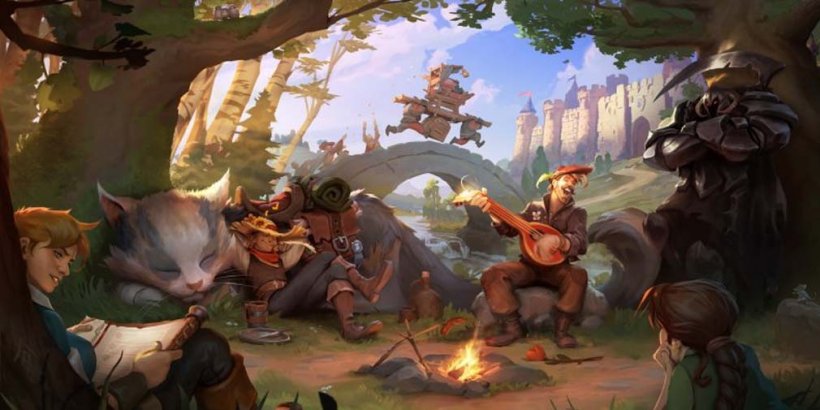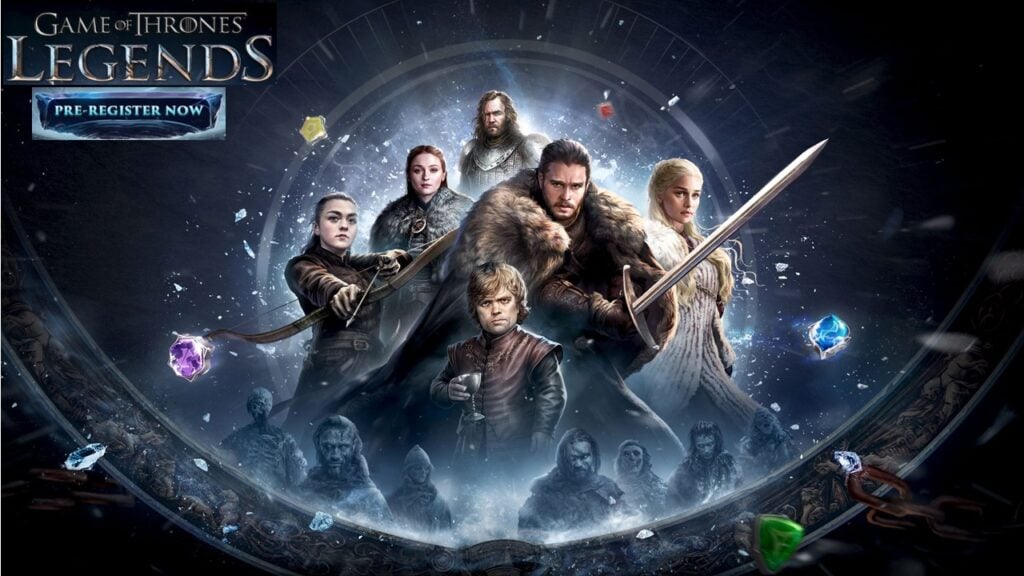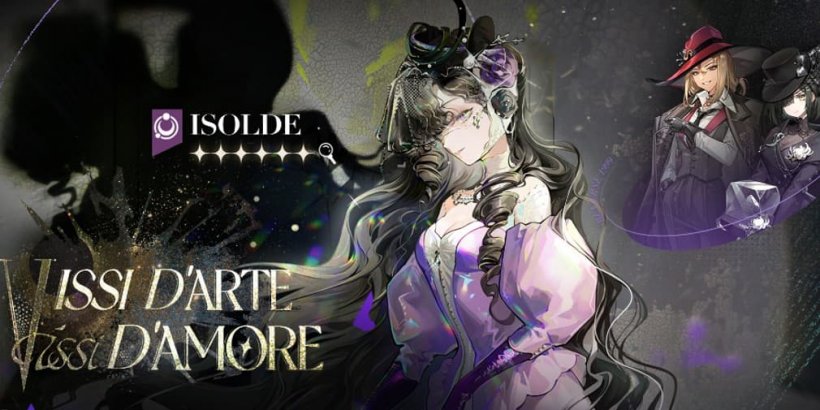《无敌侠》:漫画巨作变身动画现象
- By Evelyn
- Feb 21,2025
Amazon Prime's animated adaptation of Robert Kirkman's Invincible has revitalized interest in the comic book series. Its blend of intense action, multifaceted characters, and morally grey storytelling quickly garnered a devoted following. However, translating such a vast narrative to the screen necessitated changes, some subtle, others substantial. This analysis explores the key divergences between the animated series and the comics, dissects the shortcomings of the third season, and examines the overall impact of these adaptations.
Table of Contents
- From Page to Screen: Key Differences
- Mark Grayson's Evolution: Accelerated vs. Gradual Development
- Supporting Characters: Screen Time Shifts
- Antagonists: Streamlined Motivations
- Action Sequences: Enhanced Visuals and Choreography
- Thematic Focus: Morality and Legacy
- Season 3 Critique: A Diminished Impact
- Repetitive Narratives: Familiar Ground Retread
- Cecil's Subplot: An Unfulfilled Potential
- Lackluster Action: The Missing Spark
- Slow Start: Delayed Momentum
- Adaptation and Innovation: Striking a Balance
- Reasons to Continue Watching (Spoiler Alert)
 Image: amazon.com
Image: amazon.com
Mark Grayson's Evolution: Accelerated vs. Gradual Development
A major difference lies in Mark Grayson's portrayal. The comics depict a gradual superhero transformation, showcasing his growth from power discovery to grappling with the ethical complexities of heroism. This measured pace allows for deeper character exploration. The animated series compresses this journey, resulting in a faster, more intense narrative. While maintaining viewer engagement, this condensation sacrifices some of the nuanced depth present in the comics.
Supporting Characters: Screen Time Shifts
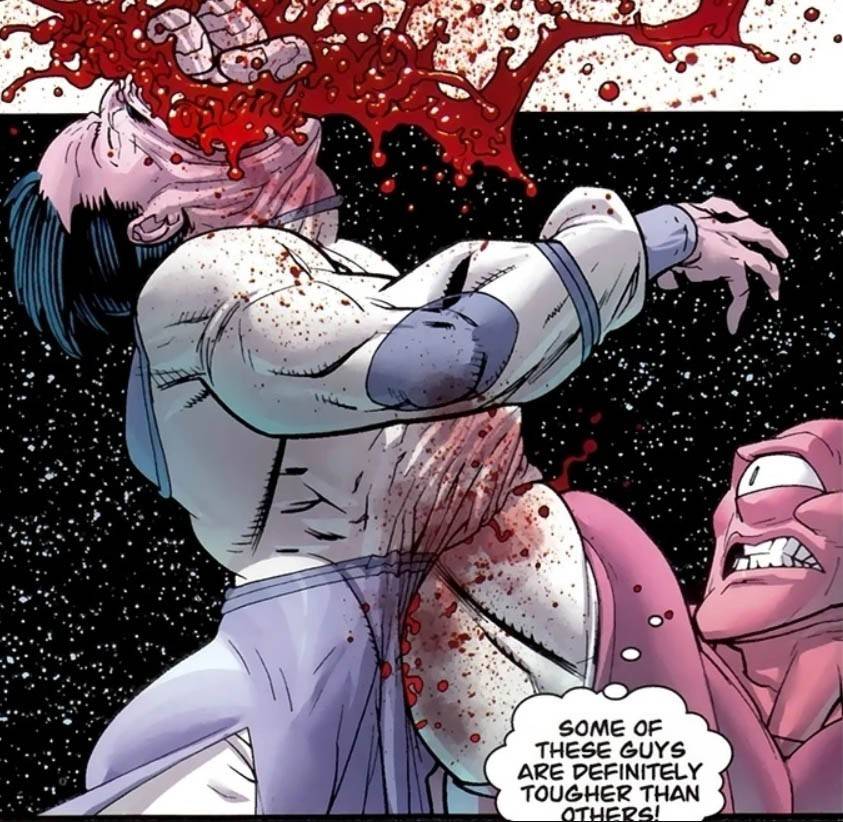 Image: amazon.com
Image: amazon.com
The supporting cast experiences significant shifts. Some characters gain prominence, while others are marginalized. Allen the Alien, for example, becomes more central, providing humor and context to the universe. Conversely, characters like Battle Beast receive less screen time, potentially disappointing comic fans. These alterations reflect narrative streamlining decisions.
Antagonists: Streamlined Motivations
 Image: amazon.com
Image: amazon.com
Villains like Conquest and the Shadow Council receive more detailed treatment in the comics, with extensive exploration of their motivations. The series simplifies these aspects for pacing, prioritizing high-stakes confrontations. This approach enhances accessibility but risks oversimplifying the antagonists' complexity. Omni-Man's betrayal, for instance, feels more immediate in the series than the gradual descent depicted in the comics.
Action Sequences: Enhanced Visuals and Choreography
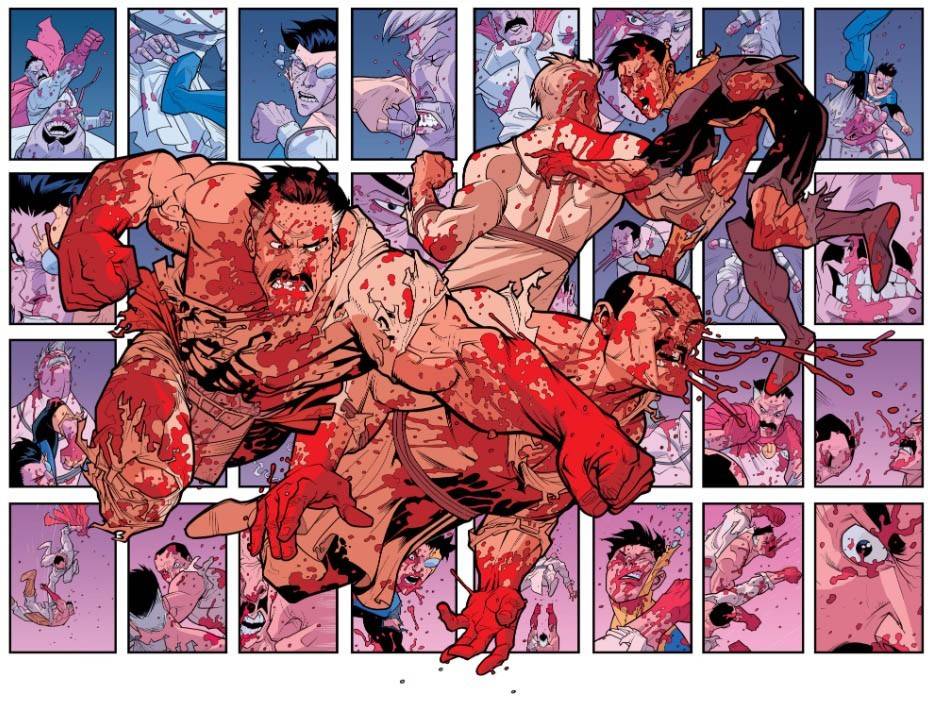 Image: amazon.com
Image: amazon.com
The series excels in its action sequences, utilizing animation's capabilities for dynamic choreography and special effects. Battles are visually intensified, creating a cinematic scale. However, these enhanced visuals sometimes deviate from the comics' depictions, though generally to enhance the spectacle.
Thematic Focus: Morality and Legacy
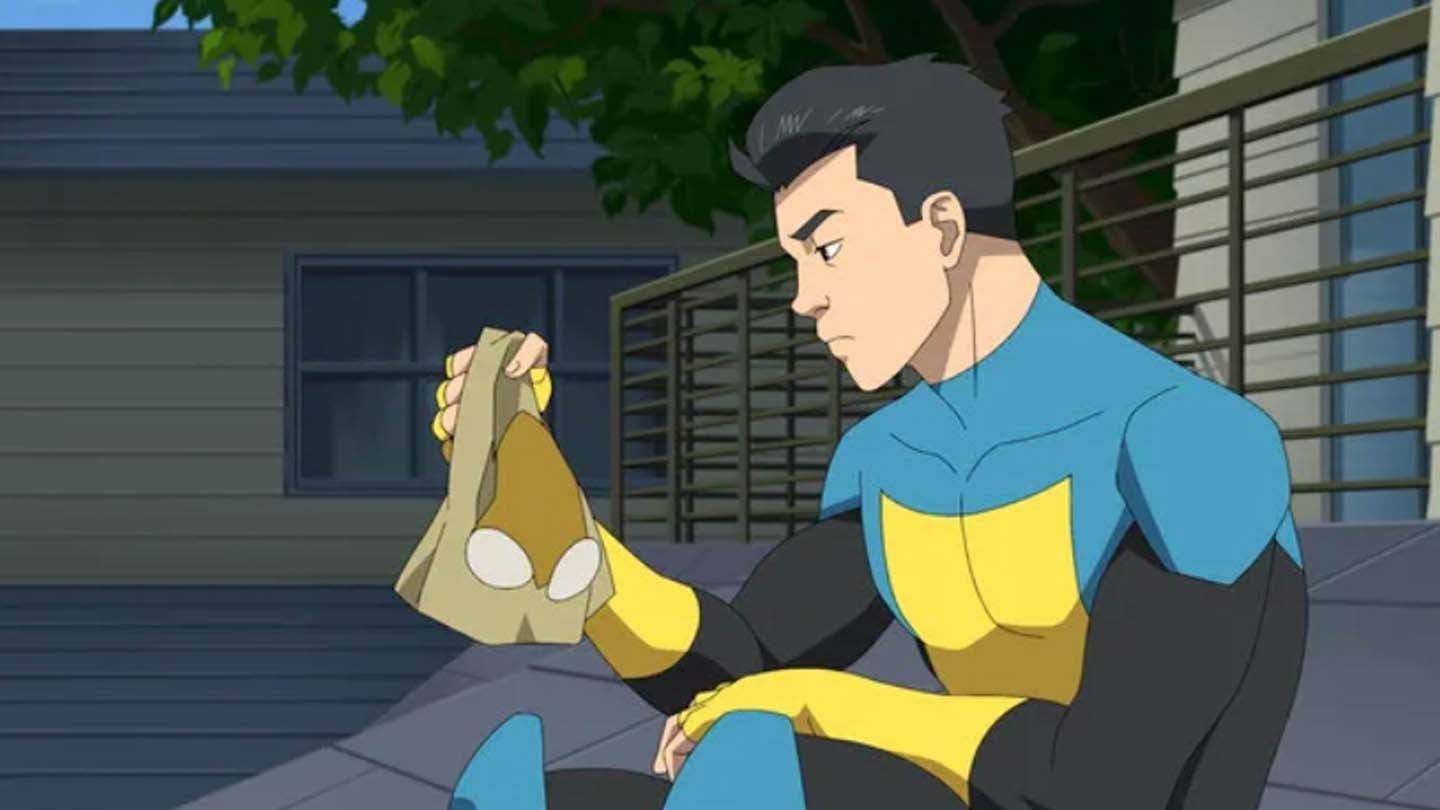 Image: amazon.com
Image: amazon.com
Thematic exploration also differs. The series emphasizes morality, power, and legacy, reflecting episodic storytelling. Mark's internal conflict regarding his father's actions receives more screen time. Other themes, such as the philosophical implications of superhuman existence, are downplayed for narrative focus.
Season 3 Critique: A Diminished Impact
Despite the acclaim for the first two seasons, the third season underwhelmed many fans.
Repetitive Narratives: Familiar Ground Retread
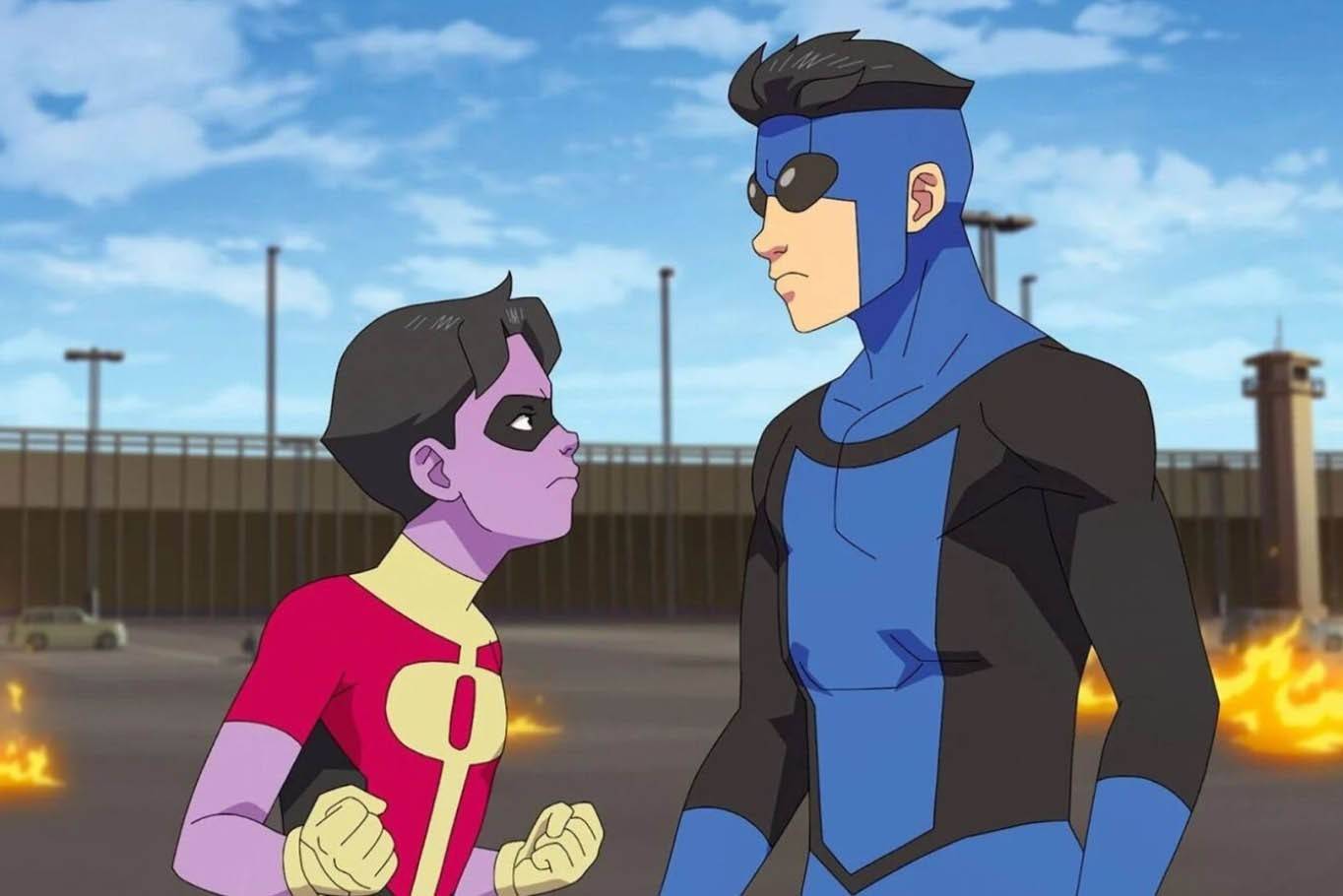 Image: amazon.com
Image: amazon.com
Season 3's reliance on familiar tropes is a recurring criticism. The show previously surprised viewers with unexpected plot twists. Season 3, however, revisits these themes without offering novelty. Mark's internal conflict, for example, feels repetitive.
Cecil's Subplot: An Unfulfilled Potential
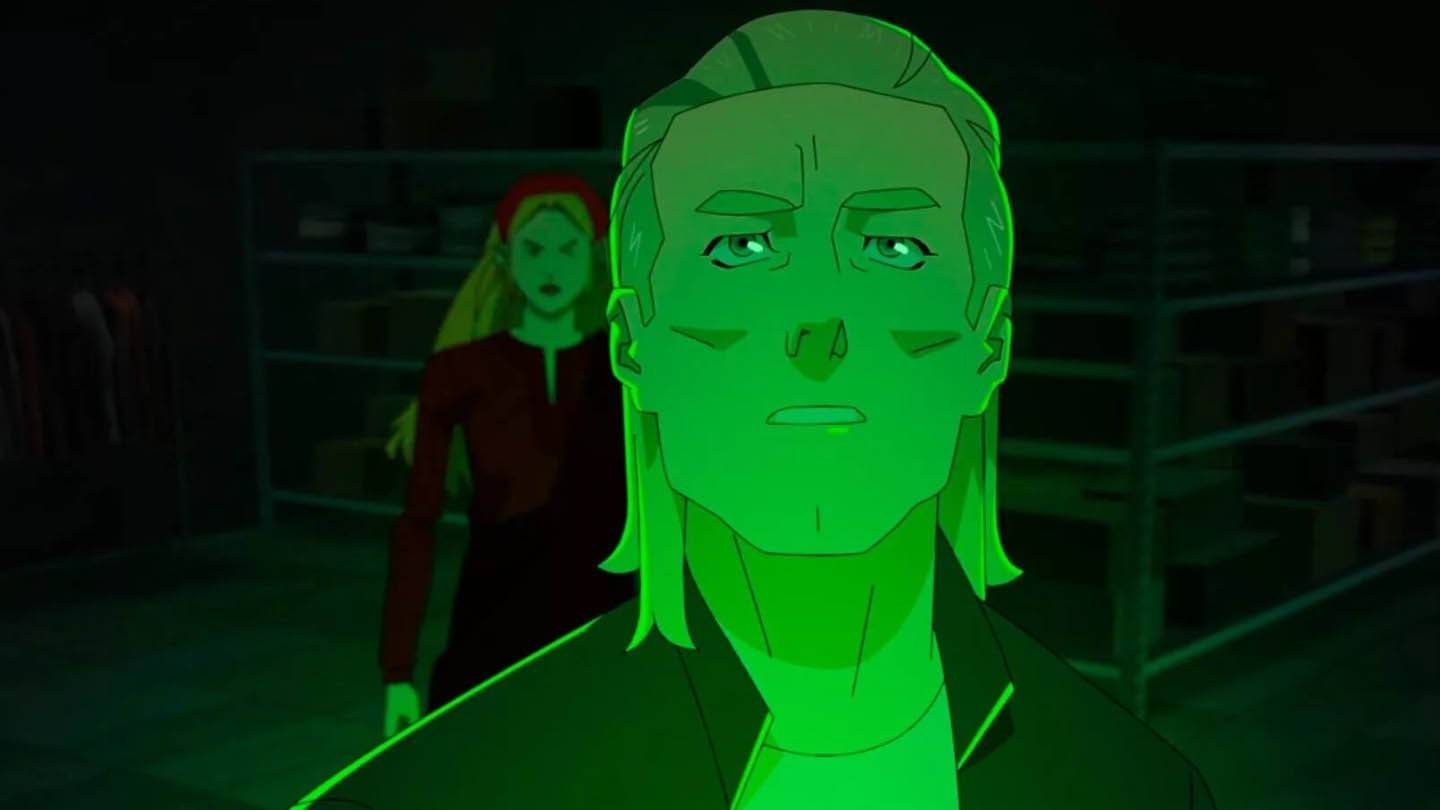 Image: amazon.com
Image: amazon.com
Cecil's subplot, involving criminal rehabilitation, is interesting but falls short due to its idealistic portrayal. This disconnect undermines the emotional impact.
Lackluster Action: The Missing Spark
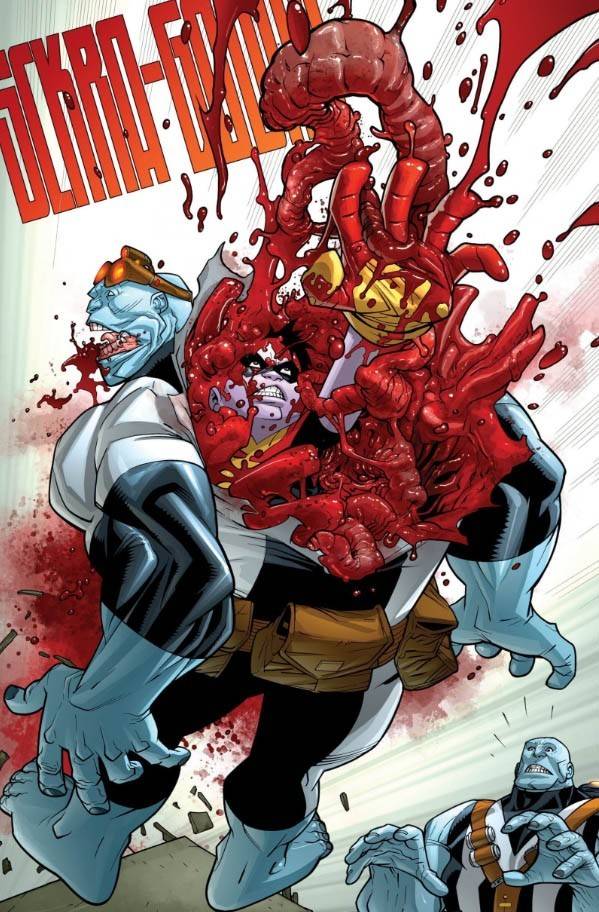 Image: amazon.com
Image: amazon.com
Even the action sequences, previously a highlight, lack the same impact. The absence of high stakes diminishes the emotional resonance.
Slow Start: Delayed Momentum
 Image: amazon.com
Image: amazon.com
Season 3's slow start, featuring generic villains, is another issue. The delayed momentum diminishes the initial excitement.
Adaptation and Innovation: Striking a Balance
The Invincible series successfully captures the essence of the comics while adapting for television. However, Season 3 highlights the challenges of maintaining this balance. Future seasons need to innovate and surprise to retain viewer engagement.
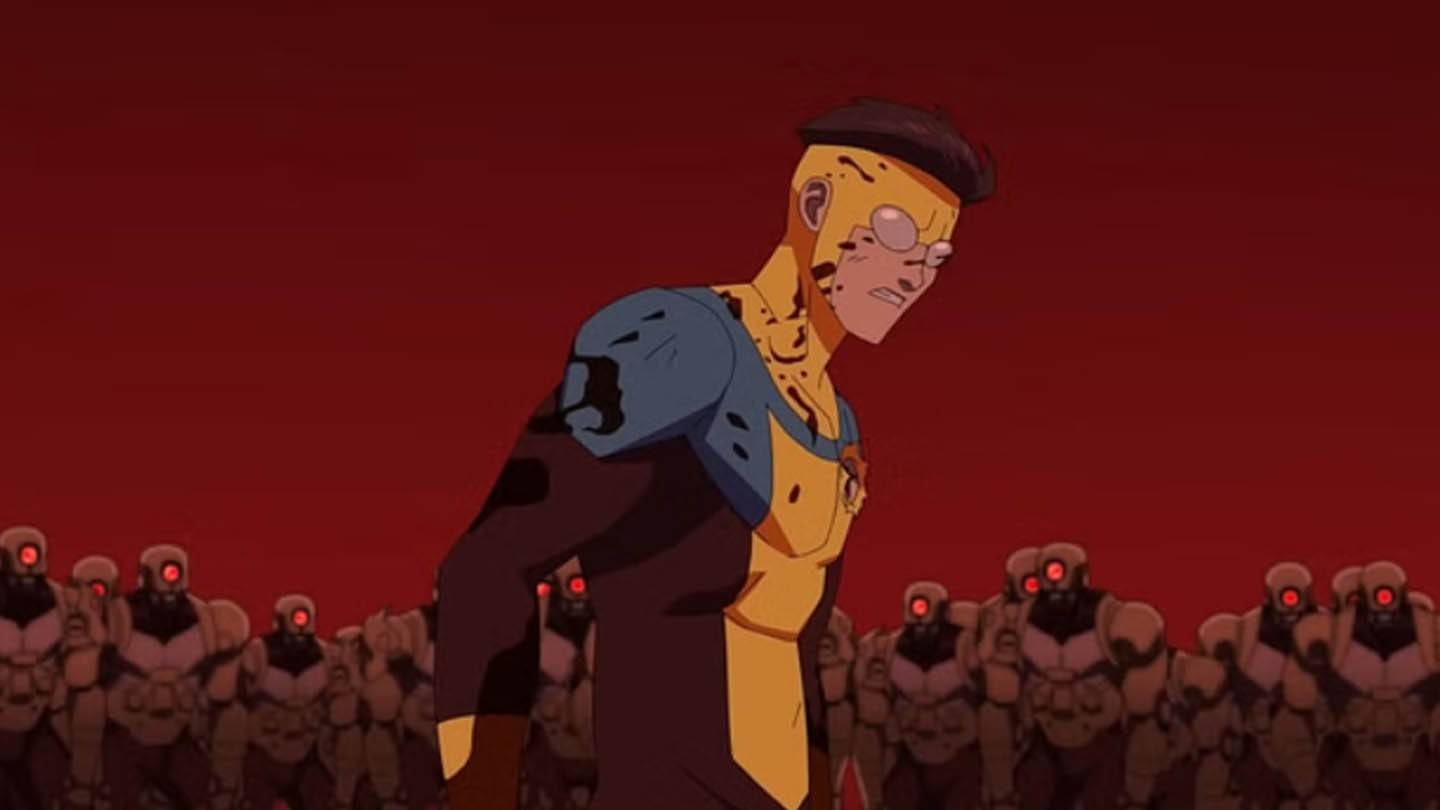 Image: amazon.com
Image: amazon.com
Reasons to Continue Watching (Spoiler Alert)
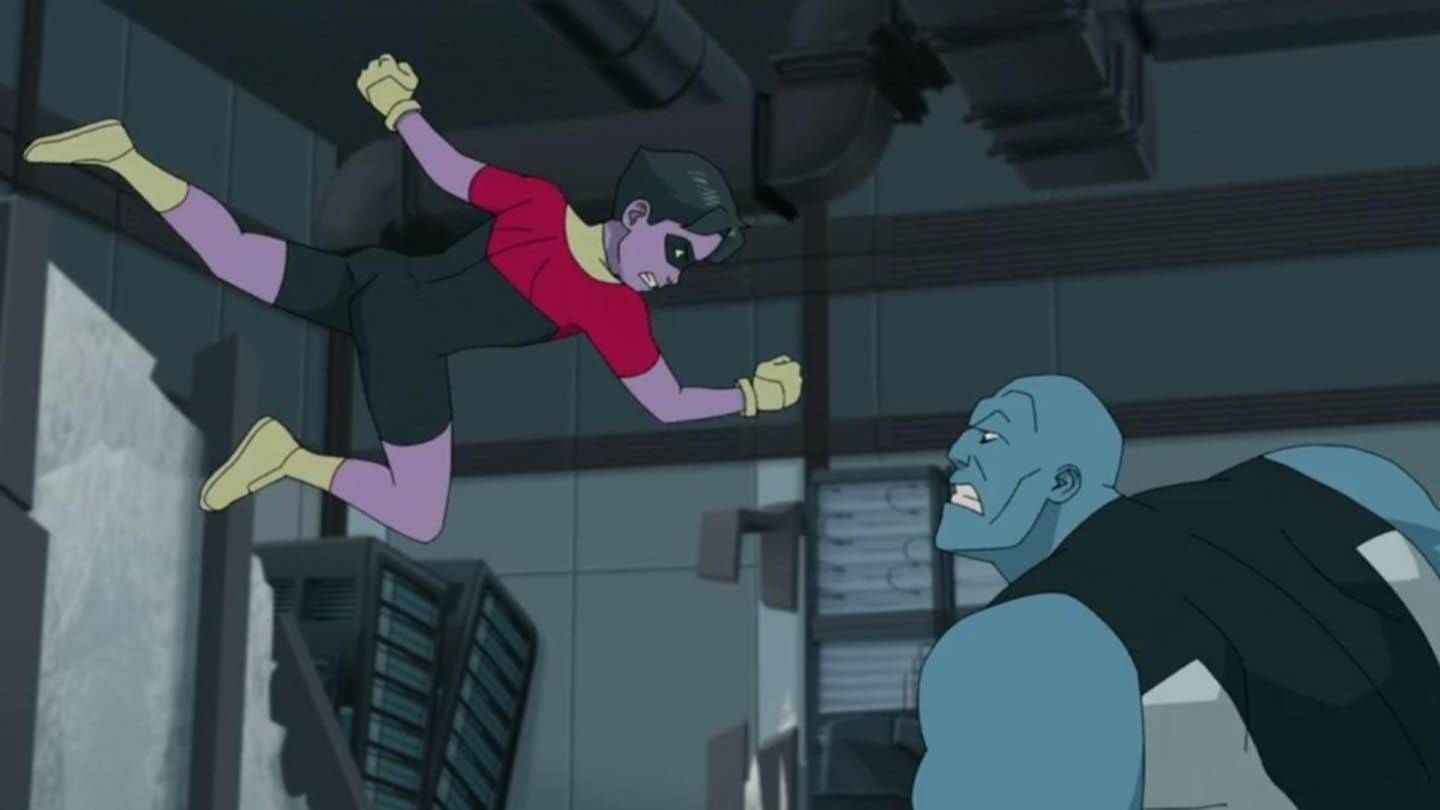 Image: amazon.com
Image: amazon.com
Despite its flaws, Invincible remains engaging and visually impressive. Its intense action, compelling characters, and thought-provoking themes continue to draw viewers. However, don't expect the same level of excitement as the first two seasons. The future remains uncertain, especially considering the limitations of adapting a completed work.
Latest News
more >-
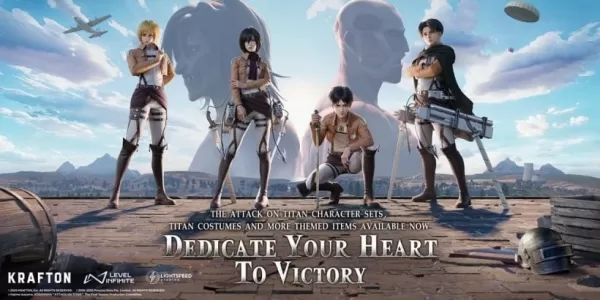
-
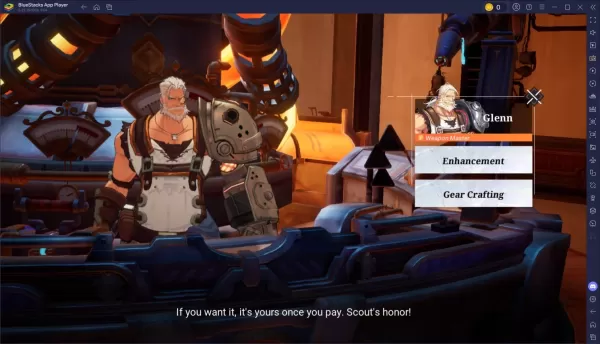
- Atlan Crafting Guide: Enhancing Gear Quality
- 06/13,2025
-
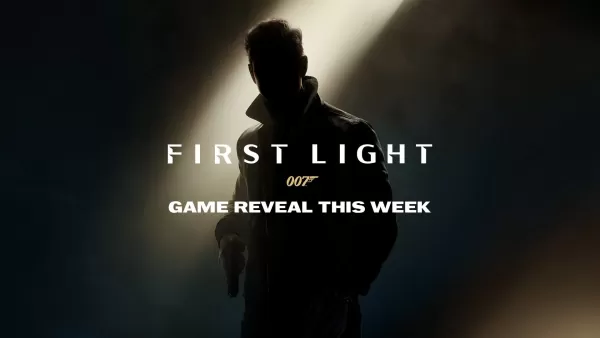
-
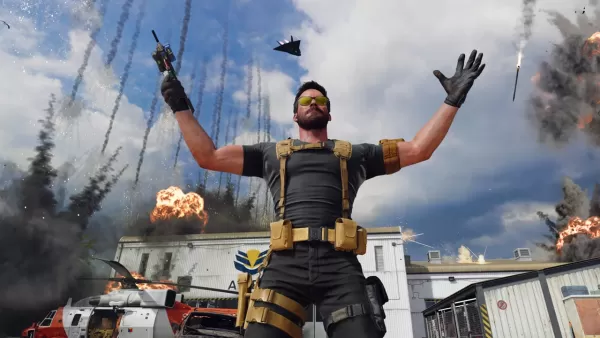
-

